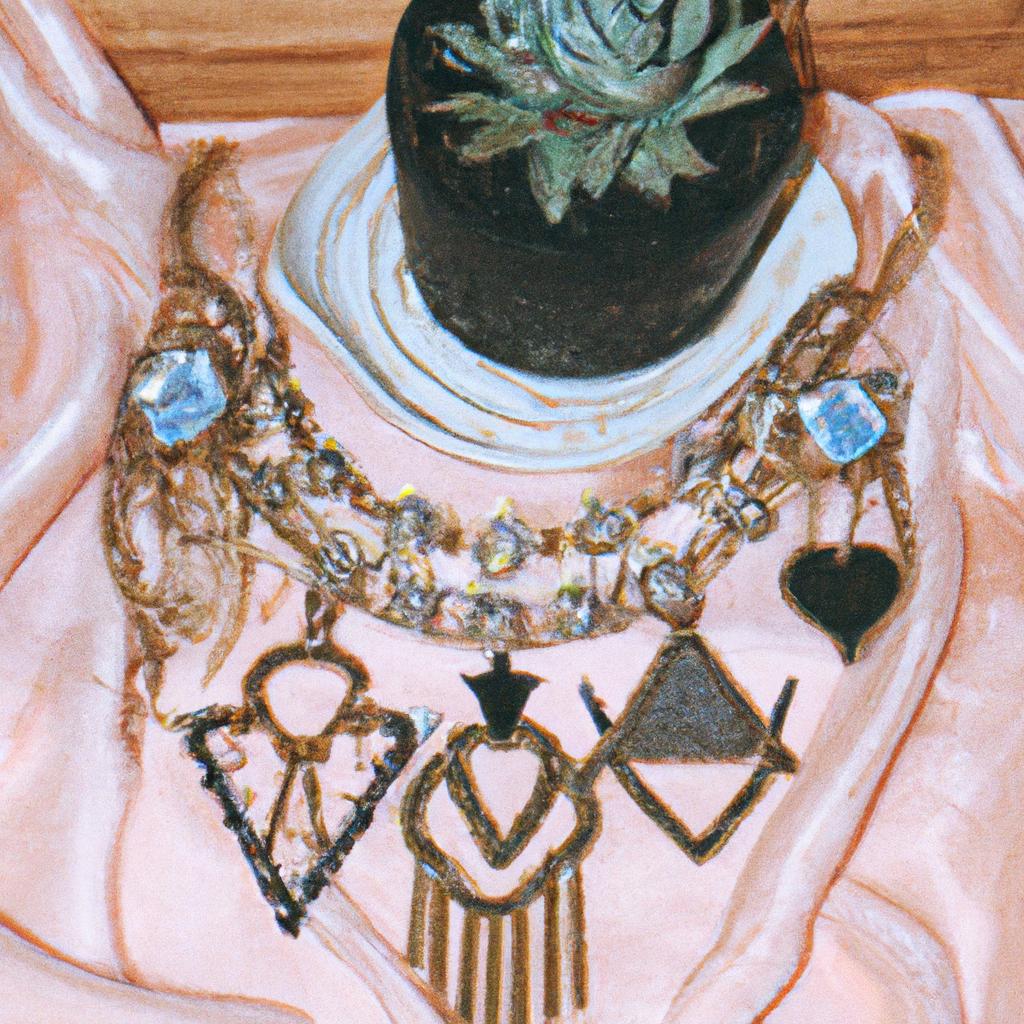
Introduction: Elevate Your Style with Accessories
When it comes to fashion, we often focus on the clothes themselves – the perfect dress, a well-fitted pair of jeans, or a stylish jacket. But what truly sets an outfit apart is the art of accessorizing. From a statement necklace to a colorful scarf, accessories have the power to take a basic look and make it extraordinary. They can add personality, depth, and interest to any outfit, making it uniquely yours.
While it may seem overwhelming at first, mastering the art of accessorizing is easier than you think. It’s all about understanding the different types of accessories and how to use them to enhance your ensemble. Whether you’re dressing up for a special occasion or putting together a casual everyday look, this guide will teach you everything you need to know to become an expert in accessorizing.
Understanding the Different Types of Accessories
Accessories are the key to elevating any outfit and adding your own personal touch. But with so many options available, it can be overwhelming to know where to start. Understanding the different types of accessories and how they can enhance an ensemble is essential in mastering the art of accessorizing.
- Jewelry: From delicate necklaces to bold statement earrings, jewelry is a must-have accessory for any outfit. It can add sparkle and shine or provide a pop of color to a neutral look.
- Bags: Whether a chic tote for work or a trendy crossbody for a night out, bags not only serve a functional purpose but also add an element of style to an outfit. Choose from a variety of shapes, sizes, and materials to suit your needs and personal style.
- Scarves: Scarves are a versatile accessory that can be worn in many ways. They can add texture, color, and dimension to an outfit and are perfect for both warm and cold weather.
- Hats: Hats not only protect you from the sun and keep you warm in the winter, but they also add a fashionable touch to any outfit. From fedoras to beanies, there is a hat for every season and style.
- Sunglasses: Not just for blocking out the sun, sunglasses can also make a statement. Experiment with different shapes, colors, and styles to find the perfect pair for you.
- Belts: Belts are not only a practical way to cinch in your waist and create definition, but they can also add a touch of personality to an outfit. Opt for a classic leather belt or try a statement piece with a unique buckle.
- Shoes: Shoes are an essential accessory that can make or break an outfit. From heels to sneakers, each type of shoe has its own purpose and can completely change the look and feel of your outfit.
Understanding the different types of accessories is important because it allows you to mix and match them to create a cohesive and stylish look. It’s also helpful to have a variety of options in your accessory collection to suit different occasions and styles. So, next time you’re getting dressed, don’t forget to add the perfect accessory to complete your ensemble.
Building a Versatile Collection of Accessories
When it comes to mastering the art of accessorizing, having a versatile collection of accessories is essential. These are the pieces that can easily elevate any outfit and add a touch of personal style. Here are some must-have accessories to include in your collection:
- Scarves: A scarf is a timeless accessory that can add texture, color, and warmth to any outfit. Opt for versatile styles like a classic silk scarf or a lightweight infinity scarf.
- Belts: Belts not only add definition to your waist, but they can also be used to cinch in oversized pieces or add a pop of color to a monochrome look. Be sure to have a neutral option as well as a statement belt for added versatility.
- Jewelry: From dainty necklaces to bold statement earrings, jewelry is an easy way to add personality to your outfit. Invest in quality pieces that can be mixed and matched for different looks.
These three types of accessories are the building blocks of a versatile collection. They can be mixed and matched with various outfits, making them a staple in your wardrobe.
Tips for Coordinating Accessories with Different Styles and Color Schemes
Accessorizing is an art that can elevate your outfit to the next level. However, it’s important to coordinate your accessories with your chosen style and color scheme to achieve a cohesive look. Here are some tips to help you master the art of coordinating accessories:
- Start with a neutral base: When choosing accessories, it’s always a good idea to start with a neutral base such as black, white, or navy. This will allow you to mix and match different colors and styles without overwhelming your outfit.
- Choose complementary colors: When adding a pop of color to your outfit, make sure to choose colors that complement each other. For example, pairing a blue scarf with a yellow dress can create a harmonious color scheme.
- Play with patterns: Don’t be afraid to mix and match patterns when it comes to accessories. Just make sure to keep one pattern dominant and the others more subtle to avoid clashing.
- Match metals: If you’re wearing accessories with metal accents, make sure to stick with one metal throughout your entire outfit. Mixing metals can create a messy and uncoordinated look.
- Consider the occasion: The type of occasion you’re dressing for can also dictate how you coordinate your accessories. For a formal event, opt for more understated and elegant pieces, while for a casual outing, you can have fun with bolder and more playful accessories.
Remember, the key is to strike a balance between your chosen style and color scheme. Start with a few simple accessories and gradually build up your collection with pieces that speak to your personal style. With practice and experimentation, you’ll become a pro at coordinating accessories for any outfit.
Incorporating Statement Pieces to Elevate Your Outfits
Accessories are not just functional additions to our outfits, they are also powerful tools to express our personal style and add interest to any look. One way to do this is by incorporating statement pieces into your outfit.
- Statement pieces can be bold and eye-catching items such as a chunky necklace, a colorful scarf, or a unique pair of shoes.
- When choosing statement pieces, make sure they complement your personal style and add a pop of color or texture to your ensemble.
- Don’t be afraid to mix and match different statement pieces to create a dynamic and unique look.
- If you’re wearing a statement piece, keep the rest of your accessories simple and let it be the focal point of your outfit.
- Statement pieces can also be used to dress up a more casual outfit, adding a touch of glamour and personality.
- Experiment with layering statement pieces, such as stacking rings or necklaces, to add dimension to your look.
- Remember to balance out your statement piece with the rest of your outfit. If you’re wearing a bold necklace, opt for simpler earrings and avoid overwhelming your look.
- Keep in mind that statement pieces don’t have to be expensive. You can find unique and affordable options at thrift stores, vintage shops, and even in your own closet.
Incorporating statement pieces into your outfits is a fun and creative way to elevate your style and show off your unique personality. Don’t be afraid to experiment and have fun with it!
The Dos and Don’ts of Mixing and Matching Accessories
Mixing and matching accessories is an essential skill for mastering the art of accessorizing. However, it can be tricky to get it right. Here are some dos and don’ts to keep in mind:
- Do experiment with different combinations. The beauty of accessories is that they allow you to play with your style and create unique looks.
- Don’t overwhelm your outfit with too many accessories. Stick to a few key pieces that complement each other.
- Do consider the scale and proportion of your accessories. A chunky statement necklace might not pair well with delicate earrings.
- Don’t be afraid to mix metals. Gold and silver, or even rose gold, can create a beautiful contrast in an outfit.
- Do pay attention to color coordination. Accessories should complement or contrast with your outfit, not clash.
- Don’t forget about balance. If you have a statement piece, balance it out with simpler accessories to avoid visual overload.
- Do mix textures. A mix of smooth and textured pieces can add dimension and interest to your look.
- Don’t be afraid to break fashion rules. Sometimes, a non-traditional combination can result in a surprisingly stylish look.
Remember, the key to successful mixing and matching is to have fun and trust your instincts. Play around with different combinations and don’t be afraid to step out of your comfort zone. With practice, you’ll become a pro at creating perfectly accessorized outfits.
Using Accessories to Transition an Outfit from Day to Night
Accessories are not just the finishing touches to an outfit, they can also serve as versatile pieces that can take your look from day to night. By adding or changing a few key accessories, you can easily transform your ensemble for any occasion.
For a day look, keep accessories minimal and practical. A simple scarf or belt can add texture and interest to a casual outfit without being too overpowering. Choose accessories in neutral colors or classic patterns that can easily match with different outfits. For example, a black leather belt can be worn with jeans and a t-shirt during the day, and then paired with a dress for a dinner out.
As the day transitions into evening, it’s time to switch up your accessories. Swap out your practical bag for a smaller clutch or crossbody that adds a touch of elegance to your look. Bring in some sparkle with statement jewelry such as chandelier earrings or a chunky necklace. You can also elevate a daytime outfit by adding a blazer or jacket and a pair of heels.
One key tip for transitioning an outfit is to choose accessories that are versatile and can work for both day and night. This way, you won’t have to do a complete overhaul and spend extra time switching accessories. A statement scarf, for example, can be worn around your neck during the day and then tied around your waist as a belt for a night out.
Remember, less is more when it comes to accessorizing for both day and night. Stick to one or two statement pieces and let them shine. And make sure to consider the overall look and feel of your outfit – you want your accessories to complement and enhance your outfit, not overwhelm it.
- Don’t overdo it with accessories, choose a few key pieces to make a statement.
- Opt for accessories that can easily transition from day to night, such as scarves or belts.
- Consider the occasion and dress accordingly – a small clutch may not be practical for a day at work, but it’s perfect for a night out.
Lastly, don’t be afraid to experiment and have fun with your accessories. They are a great way to express your personal style and add a unique touch to any outfit. With the right accessories and some creativity, you can effortlessly transition your look from day to night.
Creative Ways to Repurpose Accessories
Accessories are not just limited to their original purpose. They can be a versatile tool to create unique and interesting looks. Here are some creative ways to repurpose accessories:
- Use a scarf as a headband, belt, or even as a top by tying it in different ways.
- Transform a long necklace into a bracelet by wrapping it multiple times around your wrist.
- Add a brooch to a plain hat or bag to instantly elevate its look.
- Wear a statement earring as a pendant on a simple chain to create a new necklace.
- Wrap a belt around a blazer or cardigan to cinch in your waist and add a touch of style.
- Use a thin scarf as a belt for a bohemian-inspired look.
- Layer multiple bracelets together to create a unique arm party.
- Wear a long necklace as a belt by looping it through your belt loops.
- Use a patterned scarf as a decorative element by tying it around the handle of a bag or purse.
- Add a pop of color to a plain outfit by using a silk scarf as a headband or hair tie.
The key to repurposing accessories is to think outside the box and experiment with different ways to wear them. Don’t be afraid to mix and match different pieces to create a truly unique and personalized look.
Accessorizing for Different Body Types and Face Shapes
When it comes to accessorizing, it’s important to consider your unique body type and face shape. Certain accessories can enhance your features and flatter your figure, while others may not be as flattering. Here are some tips for choosing the right accessories based on your body type and face shape.
Body Types
For those with an hourglass figure, highlighting your waist with a belt or statement necklace can accentuate your curves. If you have a pear-shaped figure, choosing accessories that draw the eye upwards, such as statement earrings or scarves, can balance out your proportions. Rectangular or athletic body types can benefit from adding volume with chunky bracelets or layered necklaces.
Face Shapes
When it comes to face shapes, accessories can help to bring balance and symmetry. For round faces, long earrings or necklaces can elongate the face. Those with heart-shaped faces can opt for delicate, dainty pieces to soften their angular features. Oval faces can pull off a variety of accessory styles, while square faces can be complemented by rounded or curved accessories to soften their strong jawlines.
- Round Face: Long earrings or necklaces
- Heart-Shaped Face: Dainty pieces
- Oval Face: Versatile options
- Square Face: Rounded or curved accessories
Remember, these are just general guidelines and the most important thing is to wear what makes you feel confident and comfortable. Experiment with different accessories and see what works best for you. Confidence is the key to pulling off any accessory with style. Happy accessorizing!
Considerations for Special Occasions
Choosing the perfect accessory for a special occasion can be daunting, but with the right tips, you can add the perfect finishing touch to your outfit.
- Think about the dress code and theme of the event. Is it formal or casual? Is there a specific color scheme or style expected?
- Consider the venue and weather. Will you be indoors or outdoors? Will you need to stay warm or cool?
- Pick one statement piece and keep the rest of your accessories simple. This will prevent your outfit from looking too busy.
- Don’t be afraid to mix different textures and materials. For example, pairing a satin clutch with a velvet dress can add dimension to your look.
- Take into account your personal style and comfort. Don’t feel pressured to wear something that doesn’t reflect who you are or makes you uncomfortable.
- If you’re unsure, go for a classic and timeless accessory like a pair of pearl earrings or a sleek watch.
Remember, the key is to complement your outfit rather than overpowering it with accessories. Choose pieces that enhance your overall look and make you feel confident and comfortable. With these considerations in mind, you’ll be able to choose the perfect accessory for any special occasion.
Sustainable and Budget-Friendly Accessorizing
Accessorizing doesn’t have to break the bank or harm the planet. There are many sustainable and budget-friendly options for building an accessory wardrobe that will not only save you money but also reduce your impact on the environment.
- Thrift stores and second-hand shops are great places to find unique and affordable accessories. Not only are you saving money, but you’re also giving new life to pre-loved items.
- Consider hosting a clothing swap with friends to refresh your accessory collection without spending any money. This is also a great opportunity to clear out any items you no longer wear and pass them on to someone else.
- Invest in quality, timeless pieces that will last for years to come instead of constantly buying cheap, fast-fashion accessories. This not only saves you money in the long run but also reduces waste.
- Repurpose items you already own, such as using a scarf as a belt or tying it around your bag for a pop of color. Get creative and think outside the box with how you use your accessories.
- Shop from ethical and sustainable brands that prioritize environmental and social responsibility. This way, you can build your accessory collection guilt-free.
- Consider making your own accessories using materials such as recycled fabric, old jewelry, or natural materials like shells or feathers. Not only is this budget-friendly, but it also allows you to customize and personalize your accessories.
By incorporating these sustainable and budget-friendly options, you can build an accessory wardrobe that reflects your style without breaking the bank or harming the environment. Plus, you’ll feel good knowing that you’re making conscious choices for both your wallet and the planet.
Conclusion: Mastering the Art of Accessorizing for Effortless Style
In today’s fashion world, accessorizing has become essential to achieving a polished and put-together look. From adding a pop of color to elevating a basic outfit, accessories can make a huge impact on your overall style. By mastering the art of accessorizing, you can effortlessly create unique and personalized outfits that showcase your individuality and fashion sense.
Throughout this guide, we have covered various aspects of accessorizing, from understanding different types of accessories to tips for coordinating them with your outfits. We have also discussed how to build a versatile collection of accessories, including statement pieces and budget-friendly options.
However, mastering the art of accessorizing goes beyond just knowing how to pair accessories with your outfits. It also involves understanding your own body type and face shape, and choosing accessories that flatter your features. Additionally, we have explored how to use accessories to transition an outfit from day to night, as well as creative ways to repurpose them to create new looks.
It is important to note that accessorizing is not just about following trends or buying the latest accessories. It is about expressing your personal style and feeling confident in what you wear. By incorporating sustainable practices and being mindful of budget-friendly options, you can build a timeless and ethical accessory wardrobe.
In conclusion, mastering the art of accessorizing is a crucial aspect of creating effortless style. With the right knowledge and understanding, you can transform any outfit into a head-turning ensemble. So go ahead and experiment with different types of accessories, mix and match them with confidence, and don’t be afraid to let your personality shine through. Happy accessorizing!
comments: 0

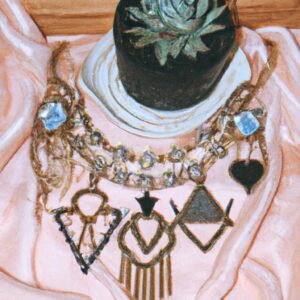
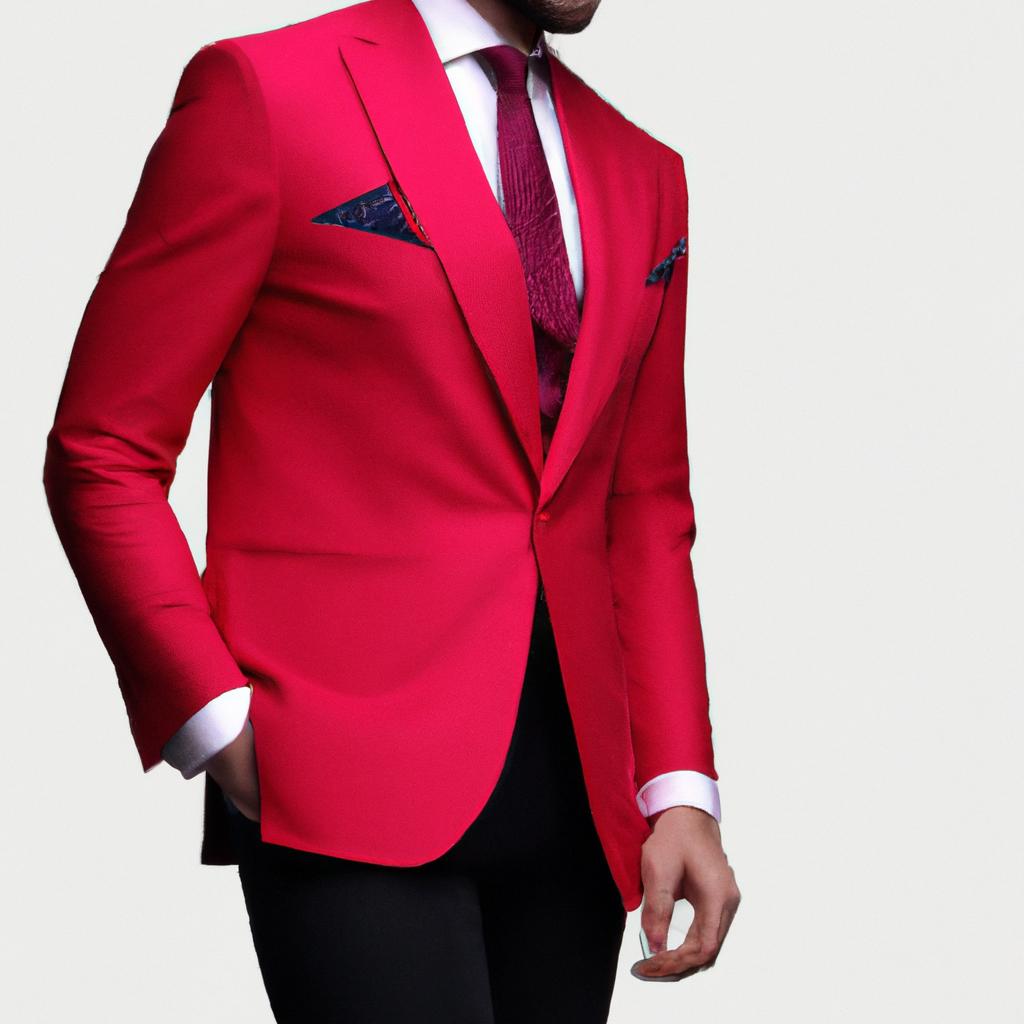 Mastering the Art of Color in Men’s Fashion: Expert Tips and Tricks for a Standout Wardrobe
Mastering the Art of Color in Men’s Fashion: Expert Tips and Tricks for a Standout Wardrobe 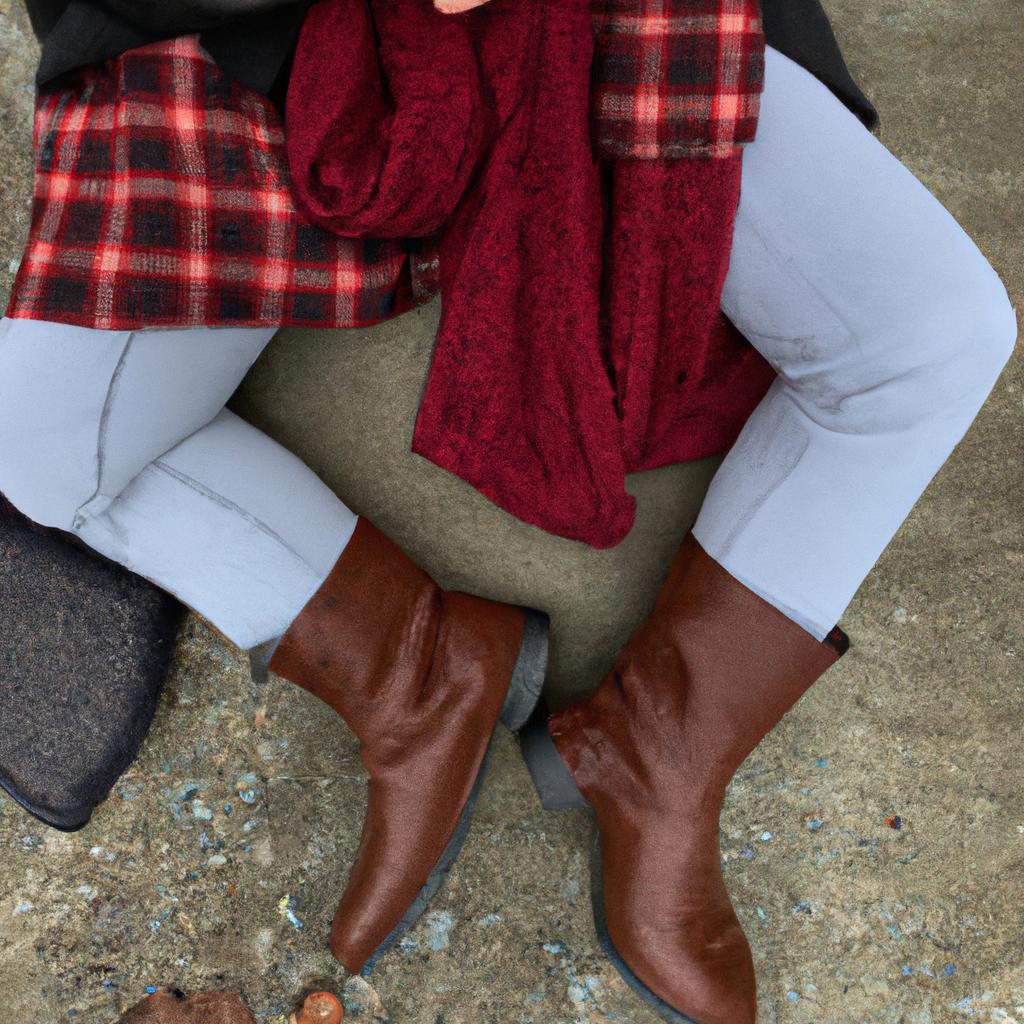 Master the Art of Winter Fashion: Stay Warm and Look Cool with These Expert Tips
Master the Art of Winter Fashion: Stay Warm and Look Cool with These Expert Tips 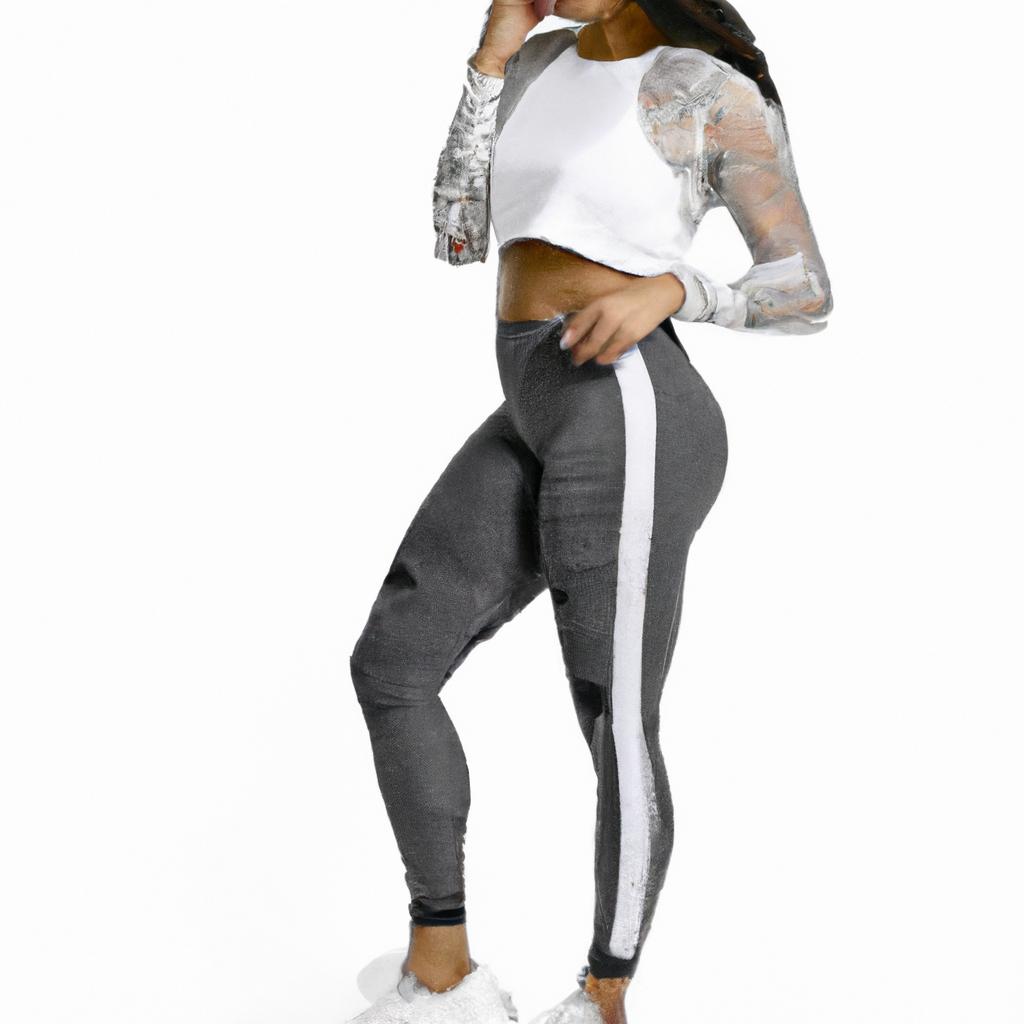 From gym to streets: The unstoppable rise of athleisure fashion
From gym to streets: The unstoppable rise of athleisure fashion  Master the Art of Office Style: Dress to Impress Like a Pro
Master the Art of Office Style: Dress to Impress Like a Pro 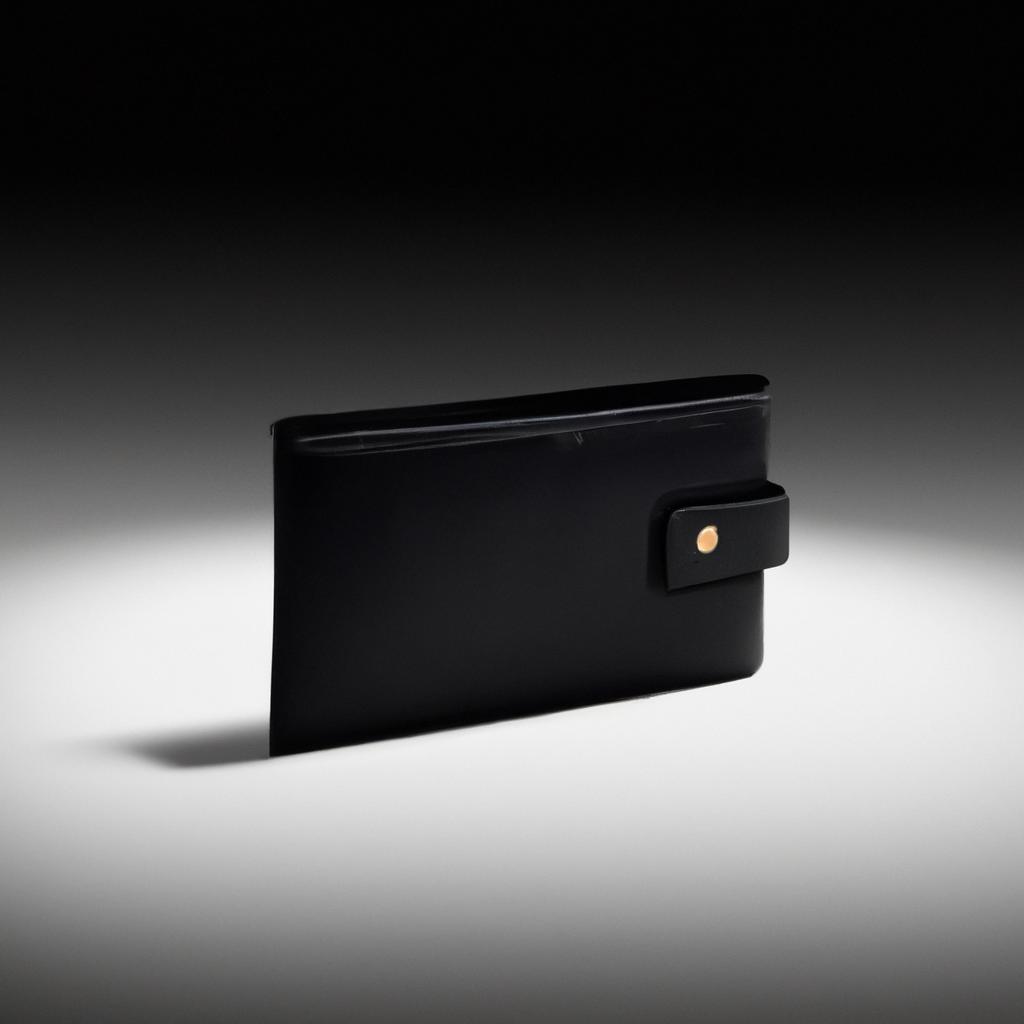 Elevate Your Style with Minimalism: The Modern Man’s Guide to Fashion
Elevate Your Style with Minimalism: The Modern Man’s Guide to Fashion 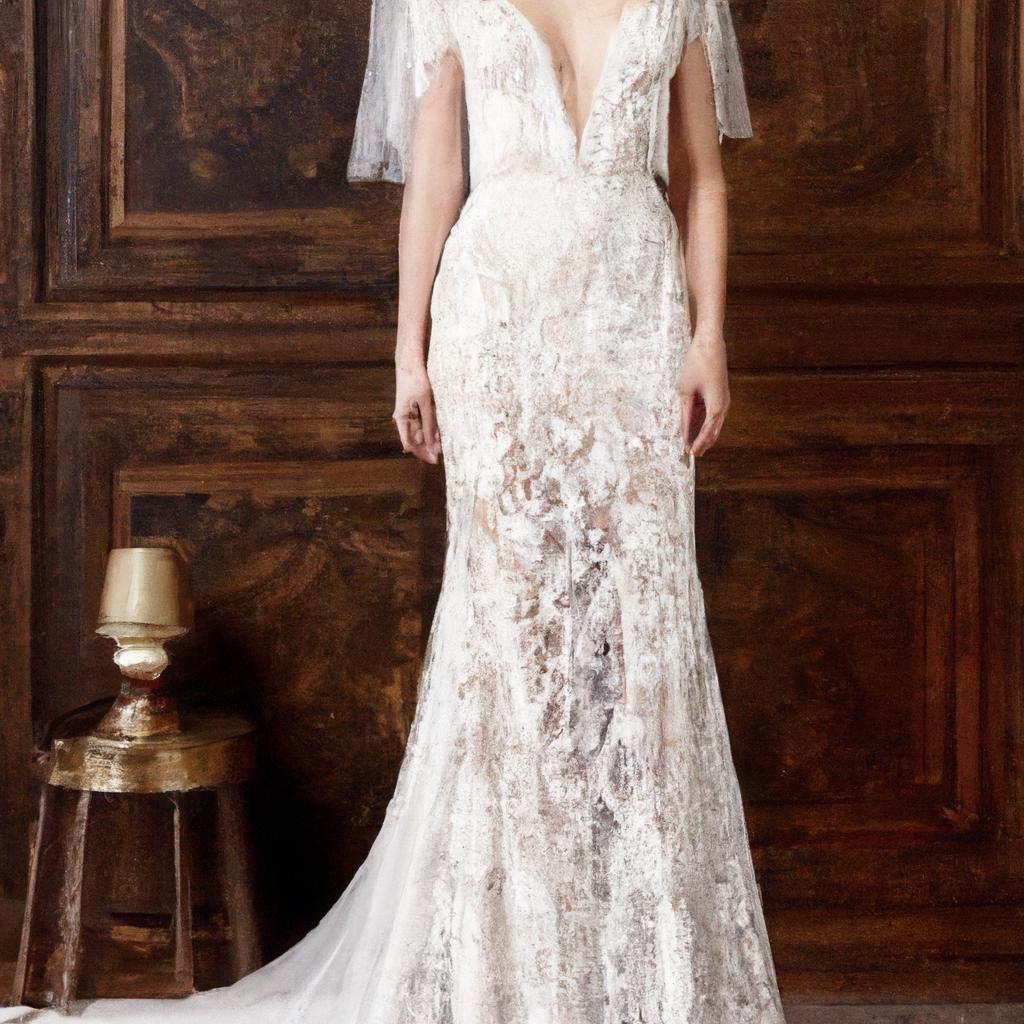 Dress to impress: A complete guide to fashion for weddings and formal events
Dress to impress: A complete guide to fashion for weddings and formal events 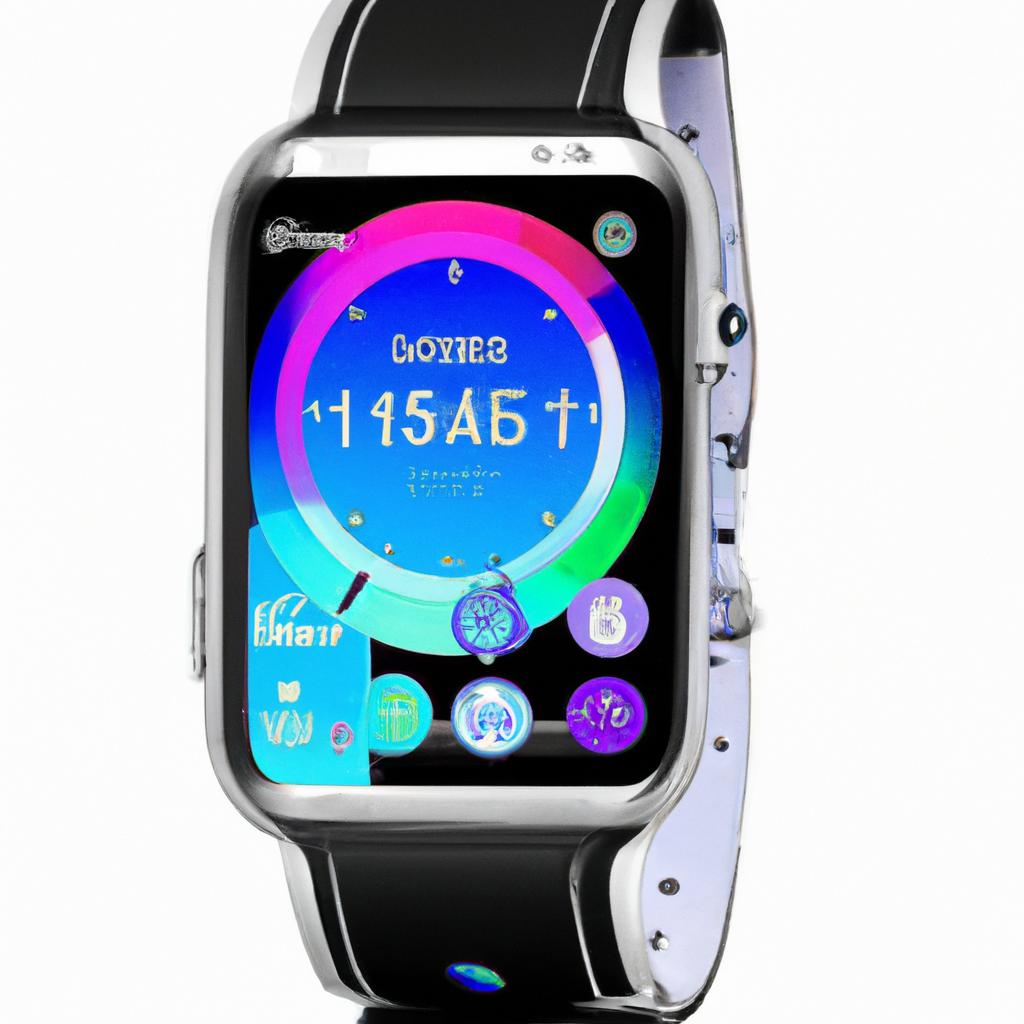 Revolutionizing Fashion: How Technology is Shaping the Industry Today
Revolutionizing Fashion: How Technology is Shaping the Industry Today 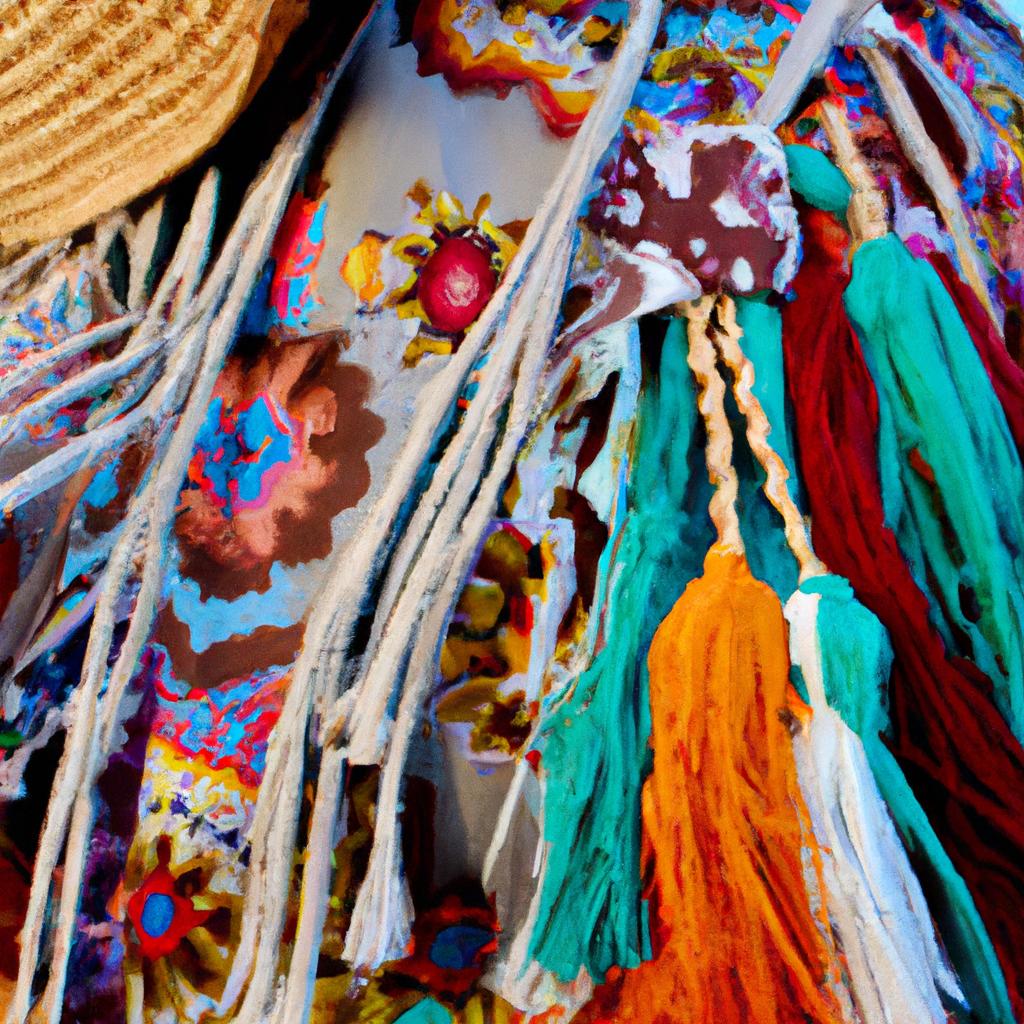 From East to West: Exploring Global Fashion Trends Across Continents
From East to West: Exploring Global Fashion Trends Across Continents  Cruising in Style with CarmelLimo: Because You Deserve to Feel Fancy
Cruising in Style with CarmelLimo: Because You Deserve to Feel Fancy 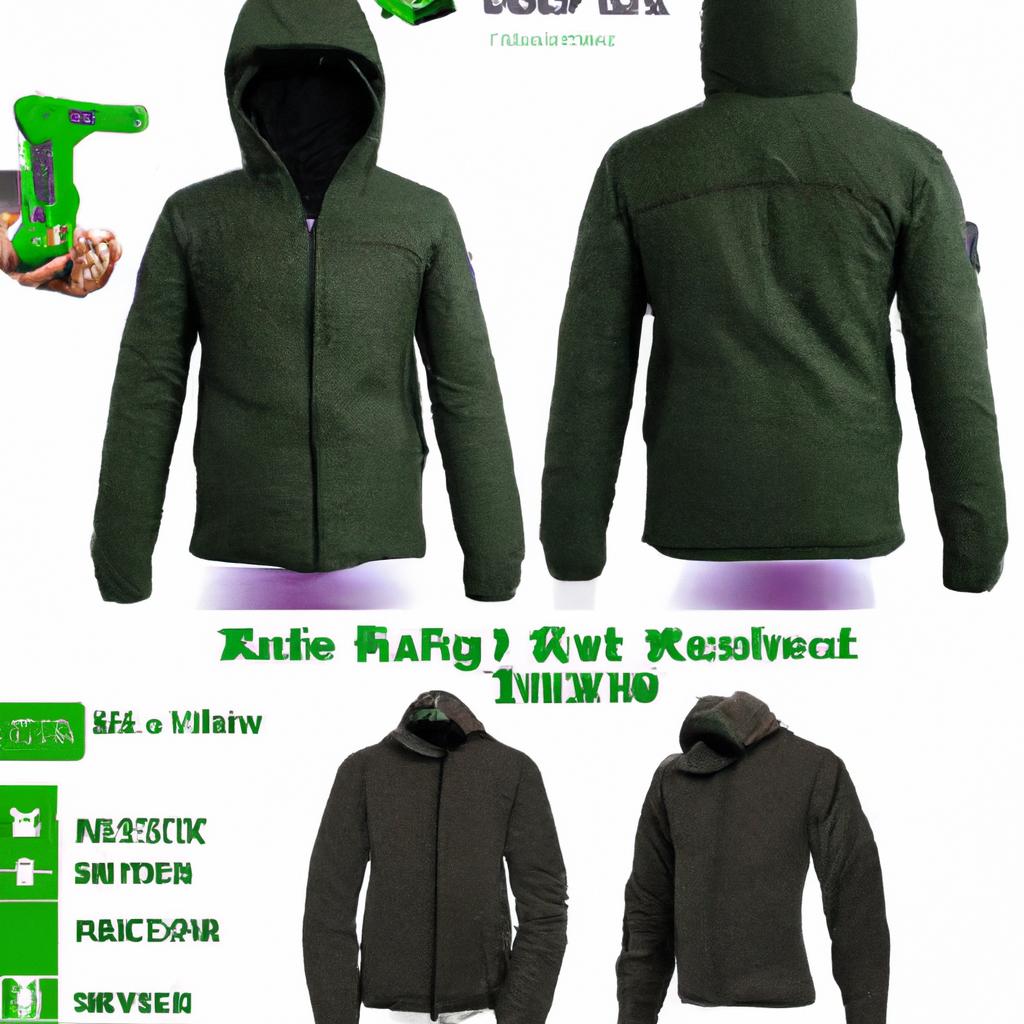 Dress to Impress: Essential Menswear for Every Weather Condition
Dress to Impress: Essential Menswear for Every Weather Condition